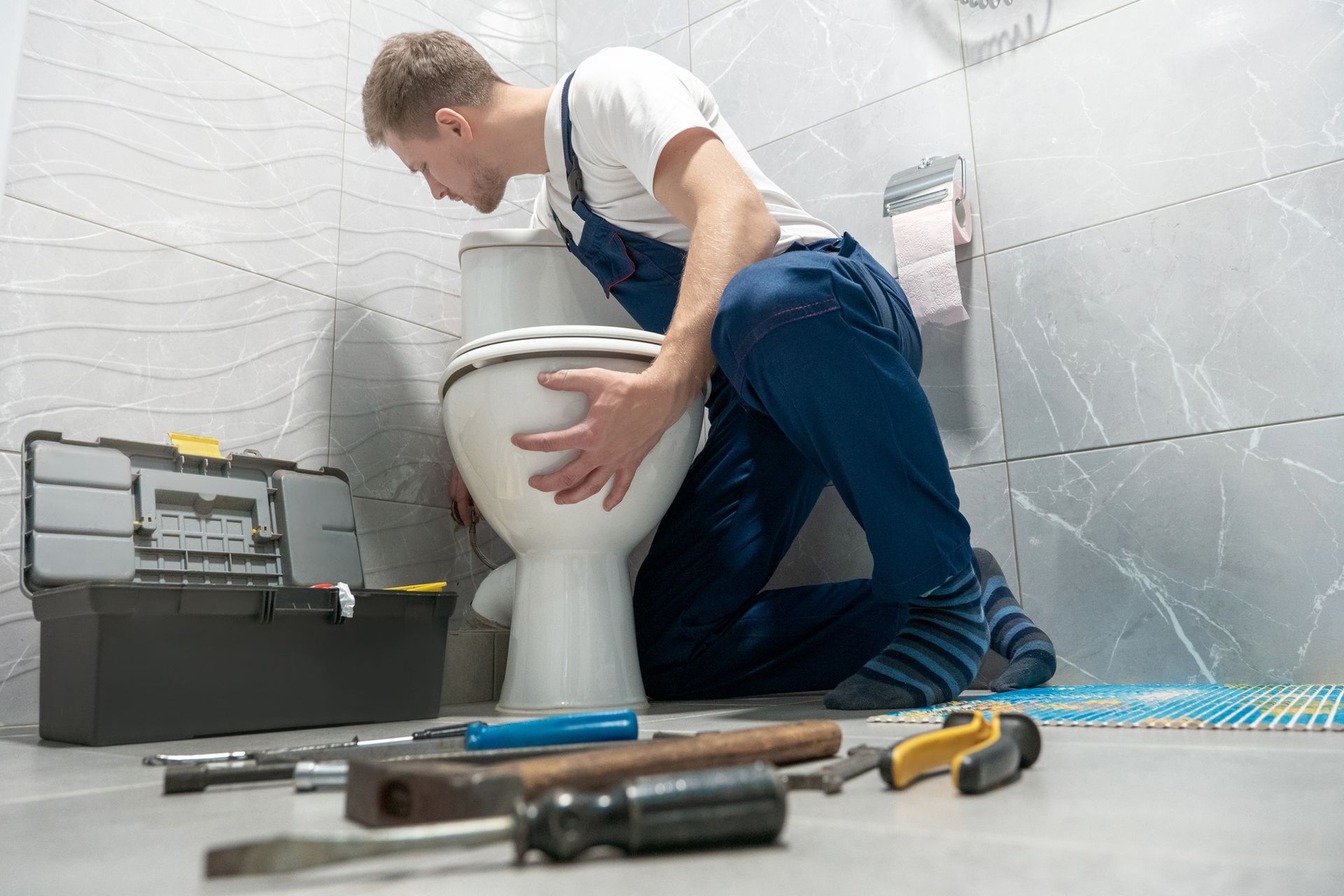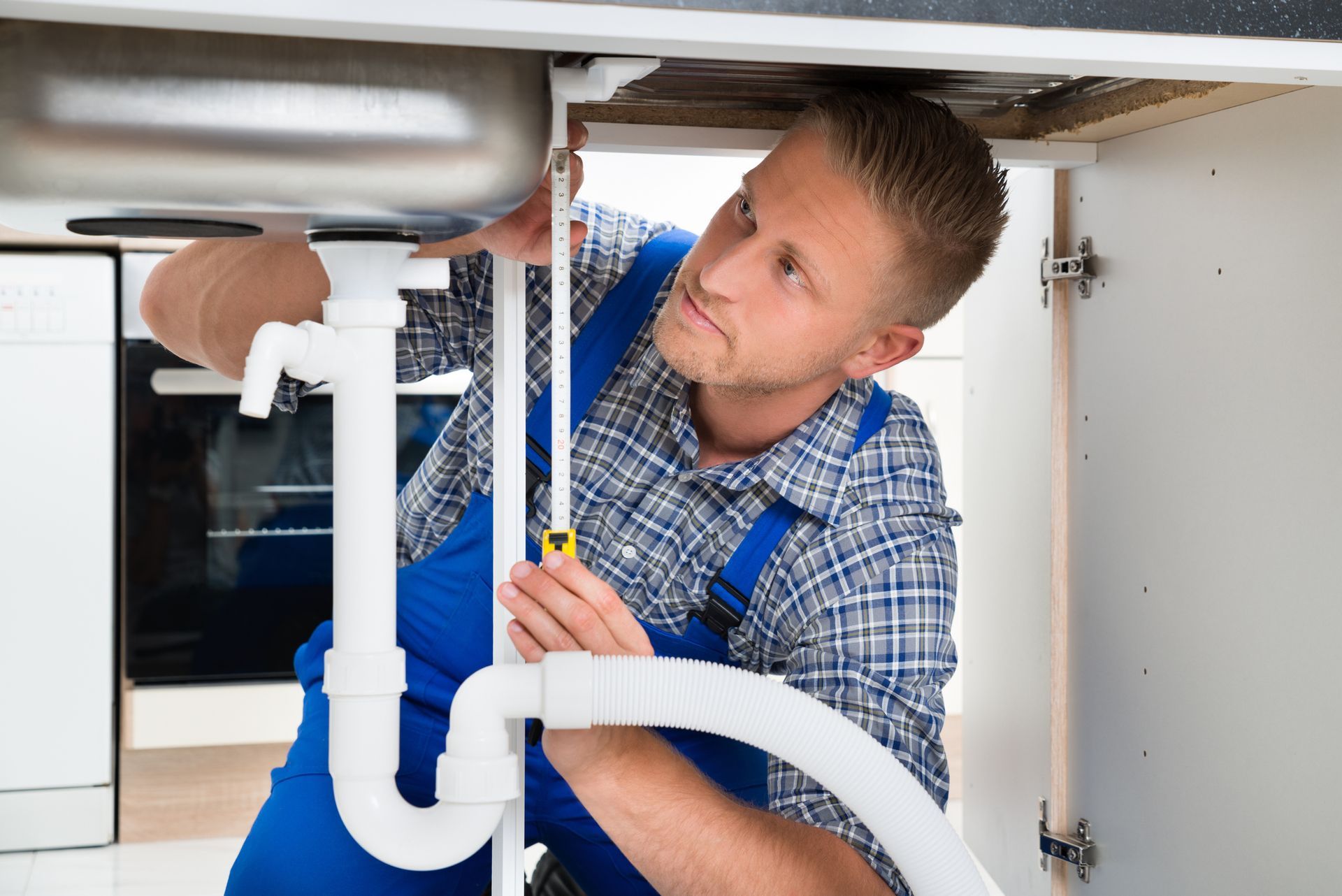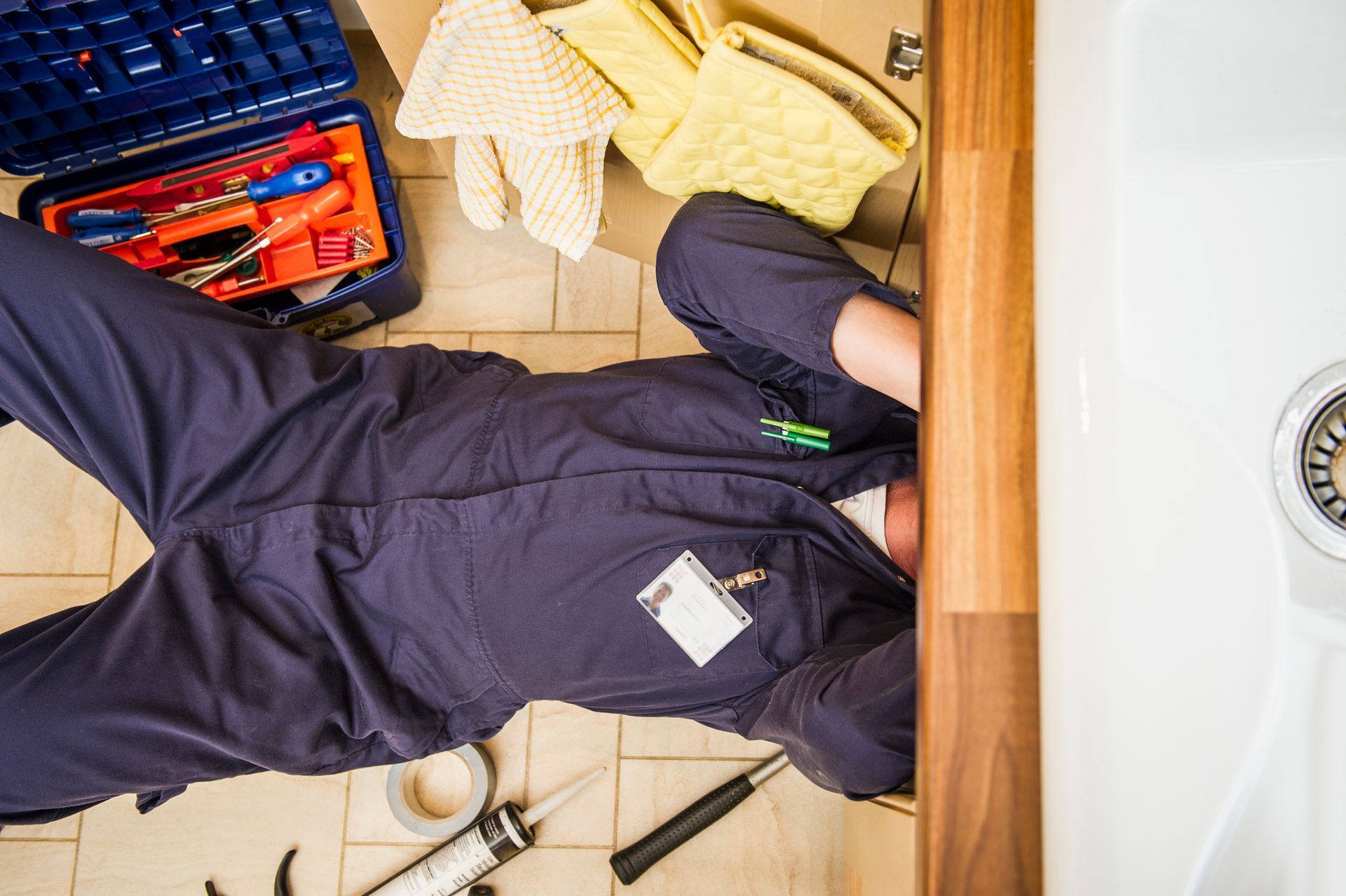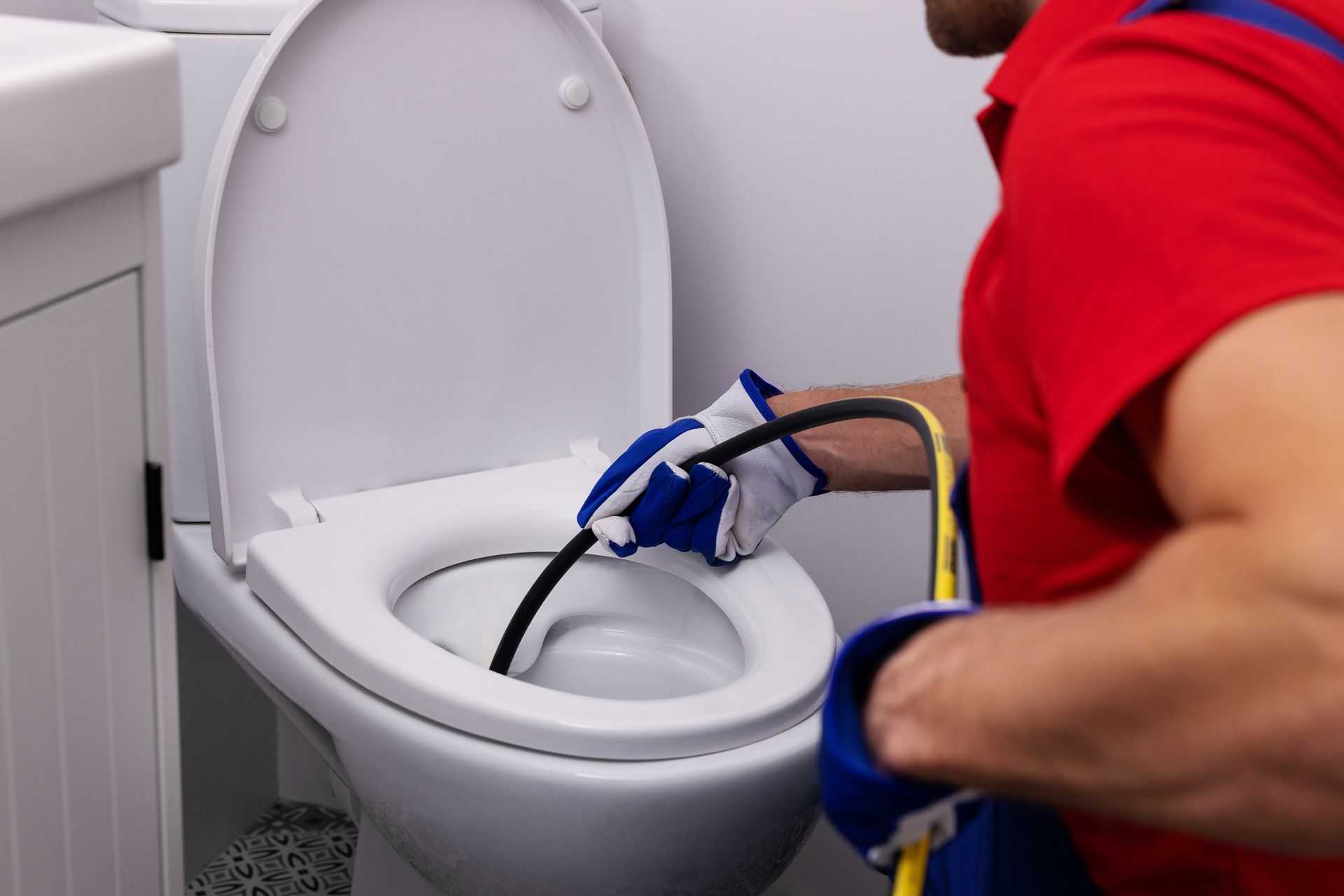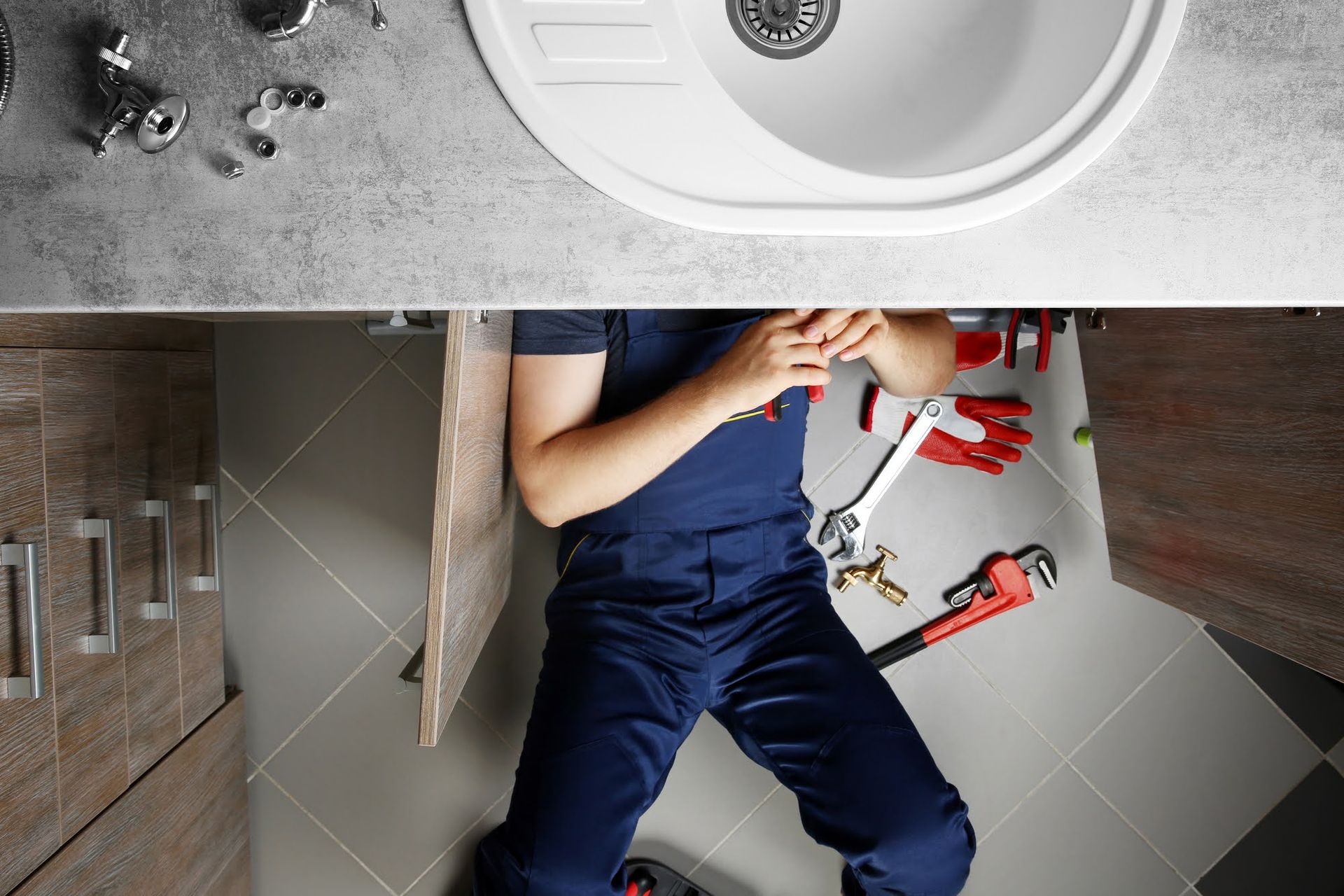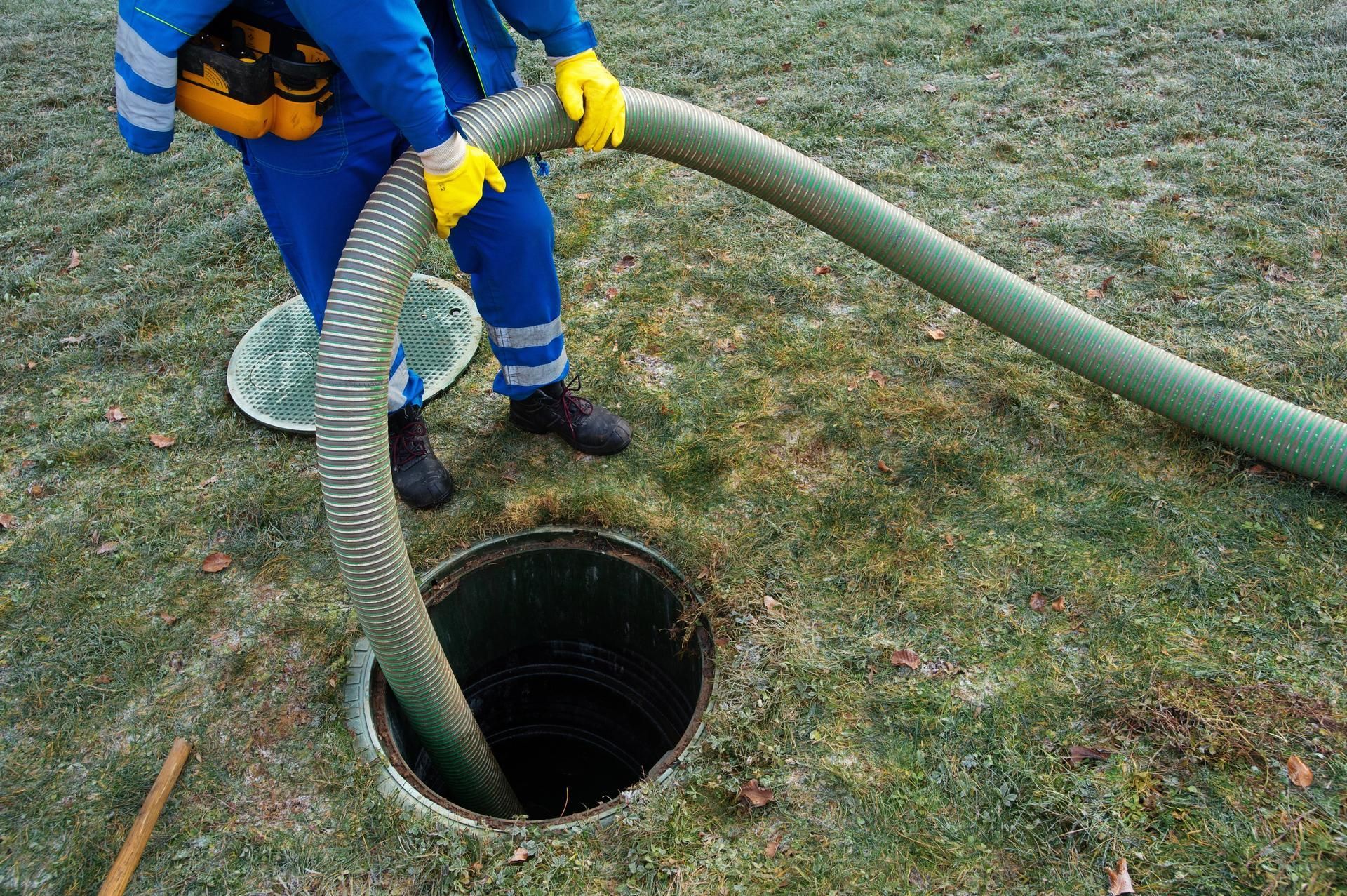Common Causes of Toilet Problems
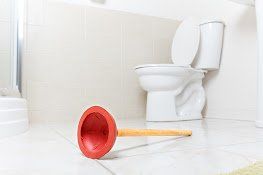
Toilets are an essential plumbing fixture in any home. They are also one of the most commonly used plumbing fixtures. Therefore, you need to live in a home with a functional toilet. Toilet problems are not only frustrating, but they may increase your utility bills if not handled on time.
To avoid toilet malfunctions, you need to be able to identify what causes toilet problems. Read on to discover common causes of toilet problems.
1. Worn or Defective Components
When toilet components, such as the flapper or float valve, are defective, you experience water problems in your toilet. A flapper facilitates water flow from the tank and into the toilet bowl, filling up the bowl after you flush the toilet. A worn flapper valve cannot seal the bottom of your toilet tank. Thus, water will keep running even when you do not flush it.
A float valve also regulates water levels in a toilet. If the float valve on your toilet is faulty, your tank does not fill adequately, preventing the flapper from sealing the toilet tank. When this happens, your toilet runs constantly.
2. Clogged Drains
Clogs are a common toilet problem that typically occurs when something blocks water flow in your drains. Drain clogs in the toilet are usually the result of flushing items down your toilet that shouldn’t be flushed. Some things that may clog your toilet if you try flushing them include:
- Hair
- Wipes
- Sanitary products
- Paper towels
- Small toys, and
- Dental floss
If the blockage in your toilet does not clear, call a professional to get to the root of the problem.
3. Sewer Line Blockage
Your sewer collects all the waste that goes down the drains in your plumbing system. But if your sewer line has a clog, all the waste, including everything you flush down the toilet, has nowhere to go.
Thus, when you flush your toilet, you may find that waste fills the bowl instead of going down the drain. Resolve your drainage problems caused by sewer blockage by having your sewer tank cleaned or pumped. You may also have a blocked sewer line if your toilet is stinky even after cleaning.
4. Mineral Buildup
If your home has hard water, the mineral buildup may clog your drains over the years. Mineral deposits also restrict water flow in your toilet tank, causing the bowl to fill up slower when you flush the toilet. Installing a water softener can help prevent mineral buildup.
5. Leaks
Leaks in a toilet have several causes. When the pipes or seals in your toilet are out of place, you will experience leaks. Other times, the seal on the base of your toilet wears away, causing water to pool around your toilet. Replacing worn seals should resolve these leaks.
Other times, worn rubber lining could be the culprit behind the leaks on your toilet. Loose supply tubes and rusty washer bolts also allow water to leak from your toilet.
6. Broken Tank
If your toilet tank has a fracture, water starts leaking through the crack; thus, your tank never gets full. Because of this, the fill valve continues supplying water to the tank. A lot of water gets wasted by leaks through a broken toilet tank, increasing your water bill significantly.
Water could damage your floors and walls if it constantly leaks. Besides, water leaks encourage mold growth. A hairline crack on your water tank may be hard to detect. But the presence of water in the area underneath the tank should hint at the problem.
Toilet issues can make your life hard. Luckily, the plumbers at Michigan Plumbing are here to help. Reach out to us to fix all your toilet plumbing issues.

